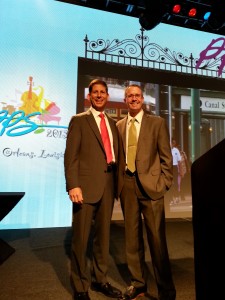
Steve Jobs, despite all of his redeeming features, was famously ‘impatient, petulant and tough with the people around him”. He also delivered results, while maintaining a loyal cadre of high achievers that stayed with him much longer than was typical of the computer industry at the time.
“CEOs who study Jobs and decide to emulate his toughness without understanding his ability to generate loyalty make a dangerous mistake”. - Walter Isaacson
Jobs believed that part of his job was to unfailingly deliver the brutal truth, rather than sugar coat failures. His belief was that many organizations employ managers who are so polite and forgiving as to become ineffective, allowing mediocre employees to feel comfortable and thus encouraging them to stay.
Jack Welch, famed CEO of GE had a similar style and philosophy when it came to an intolerance for mediocrity. Indeed, Jim Collins, in ‘Good to Great‘ found that one of the key features of great companies is that they were good at ‘getting the right people on the bus’. Along with that inevitably comes the need to get the wrong people off of the bus. GE famously utilized a performance feedback system that systematically ensured that the bottom 10% of employees were terminated or rehabilitated… slowly raising the bar for all employees.
Leaders and managers in physical therapy practices attempt to hire the strongest clinicians, with an attitude that lends itself great customer service and teamwork. This gets more difficult in tight job markets or when timing limits our choices. The adage of ‘hire slow, fire fast‘ is often harder to do than we like, and it goes without saying that the best time to ensure we have the right people on the bus is during the hiring process. We occasionally hire someone that isn’t a good fit (a C or D player). These are difficult enough to deal with. Even harder than the obviously insufficient are those that are ‘OK’, the B players.
By tolerating ‘B players’ we prevent the opportunity for an A player to join our team. True - we can develop B players into A players… but when you determine that they are a B player with no potential, they can set the bar for everyone around them. A team member’s status as a A or B or C doesn’t have to be defined only by phenomenal clinical skills, or amazing personality or steadfast work ethic… although it could mean any or all of those things. We should employ good clinicians with great empathy and a strong work ethic. We should employ great clinicians with good customer service skills and great ability to teach others. We should employ resilient, gritty grinders that never complain and make sure that the work gets done. But we should never tolerate mediocre clinicians with an OK attitude that give us no reason to complain.
How we deal with professionals that ‘meet standards’ or are ‘good enough’ determines whether our practice is doomed to mediocrity or if it has the capacity to be great. Tolerate only A players.





